What To Expect At A Hearing Aid Fitting

First, our hearing professionals will check that your hearing aids feel comfortable. Then, we’ll program them check your hearing with the hearing aids in place. After that, we’ll show you the advanced features of your new hearing aids and how to care for them.
Questions about your hearing aids?
Hearing Aid Fitting Will Help You Get The Best Sound
The Importance of a Real-Ear Measurement
Hearing aids require precision and customization to maximize results for patients. Too soft and the listener won’t benefit from wearing the instruments, but too loud and things may become too distorted or even worse, intolerable. Since each ear hears uniquely, even on the same head, we have to consider individual differences when fitting technology. Each hearing aid manufacturer will utilize their own software and recommend a starting level based on the hearing test. This may or may not work depending on the individual characteristics of each ear. This is where a real-ear measurement comes into play.
Real-ear measurement is a tool that allows us to slip a small microphone probe into the ear past the hearing aid, and measure how much volume the hearing aid is actually providing the ear. The reason that it is important to be measuring the sound this deep in the ear, and not in a test box, is because each ear shape is unique and sound may resonate differently in a small vs. large canal. The real-ear measurement then allows us to set the hearing aid to a target level based on the hearing test and research, instead of the “stock setting” the manufacturer gave it.
Unfortunately, a real-ear measurement is a tool that is not used consistently by audiologists and hearing instrument dispensers. Some providers may feel like it takes too much time, or may simply think that the hearing aid manufacturers are doing a good enough job at suggesting levels. When a real-ear measurement isn’t made, we are simply guessing, not knowing, that the sound levels are appropriate. This is why it’s important to find a provider who consistently uses the real-ear measurement as part of their fitting protocol.
We treat our patients like our own family because we recognize that hearing well is important in all of your relationships!
Check out more reviews to see how our patients feel about our service.
What Follow-up Care Do Your Hearing Aids Need?
Today’s hearing instruments are highly programmable, and small adjustments may make a big difference. Your hearing aids should be comfortable with respect to the physical fit and the sound loudness. If you’re not satisfied, come see us immediately for alterations to provide a comfortable fit.
Questions about your hearing aids?

How To Get Used To Your Hearing Aids
In general, the greater your hearing loss and the longer the hearing loss has been present, the more challenging it is to transition to hearing aids. There’s no perfect way to learn how to adjust to hearing aids. But the time you spend adjusting to your new hearing aids is well worth it. Try to be patient with yourself as you get used to the new sounds, and return to our office for adjustments or consultation if needed. We’re here to help you through this process!
Questions about your hearing aids?
The Secret To Getting The Best Sound From Your Hearing Aids
There are three things you can do to help us adjust your hearing aids so you can get the maximum benefit from wearing them:
- Wear your hearing aids as much as possible. The more you wear them, the more you’ll get used to them and, most importantly, the more information you’ll have to tell us so we can make adjustments.
- Write down the situations where you feel you aren’t hearing your best so we can reprogram the devices to work better there.
- Be patient. Most of the time we can help you get more from your hearing aids, but it may take two or three visits to make this happen.






